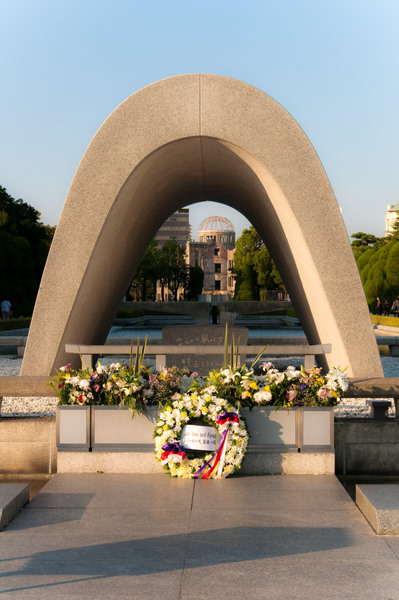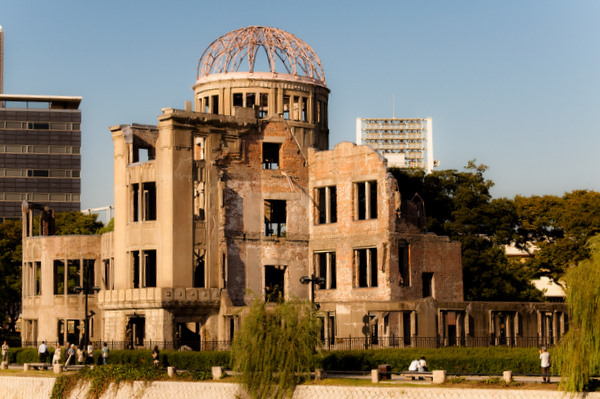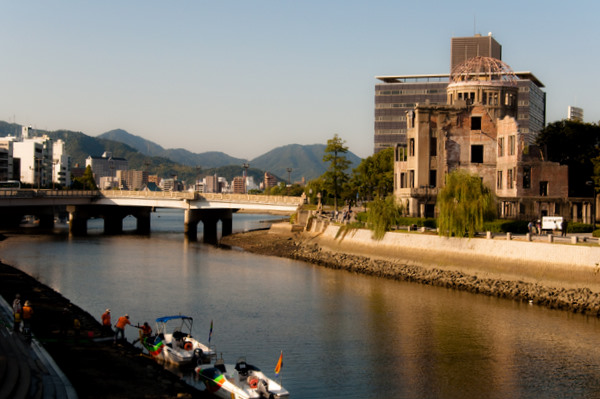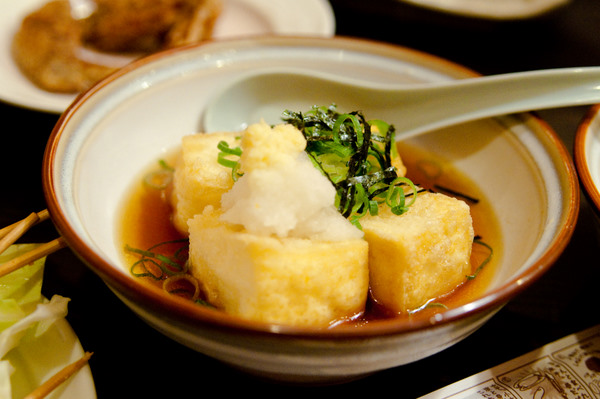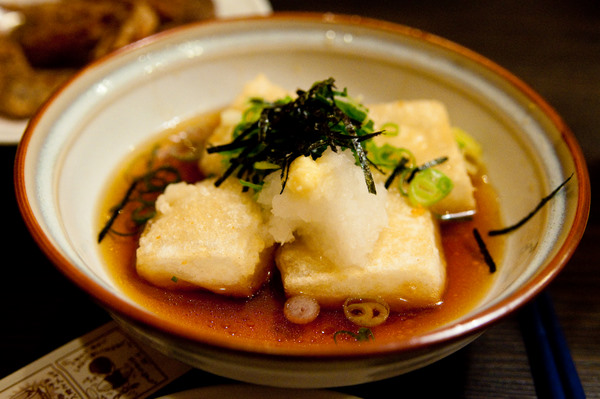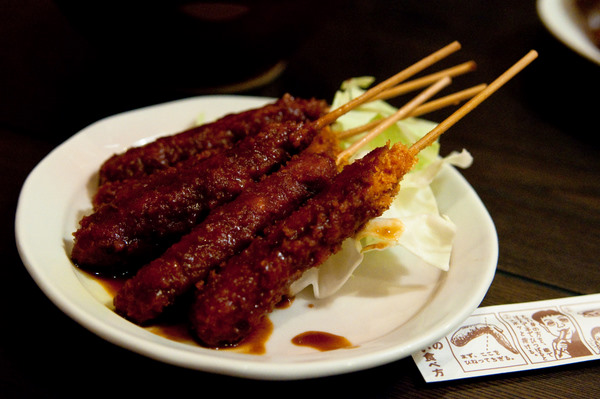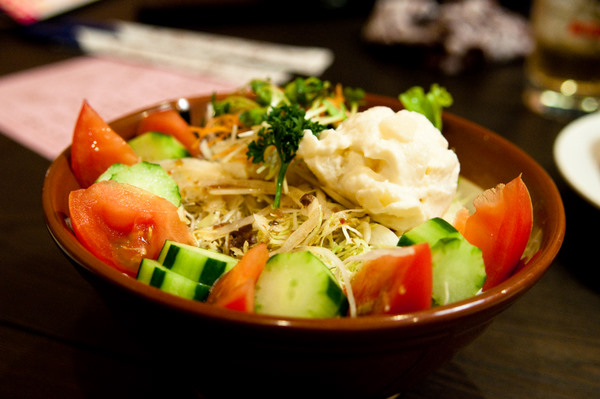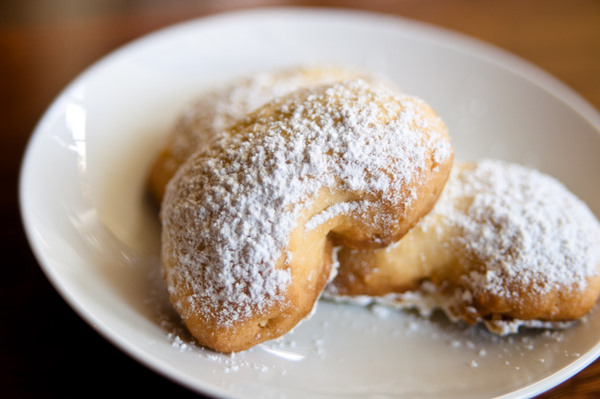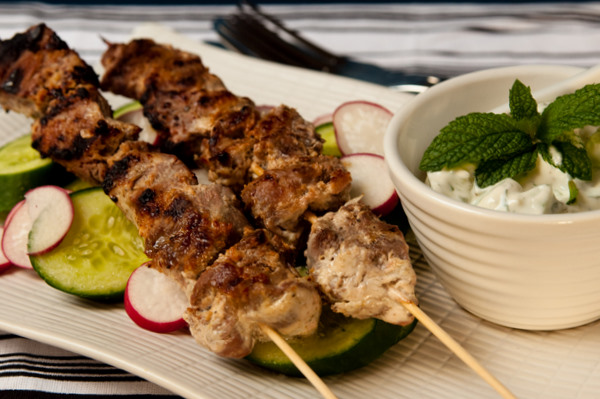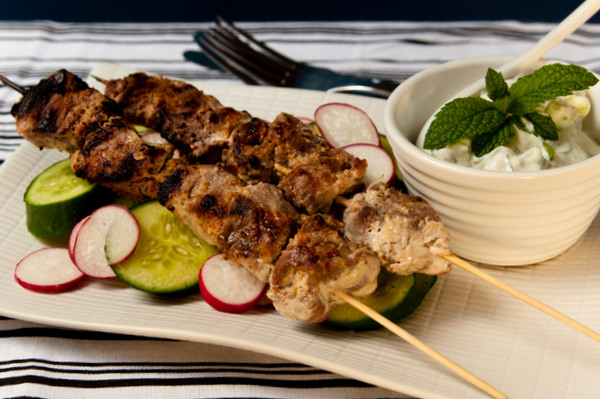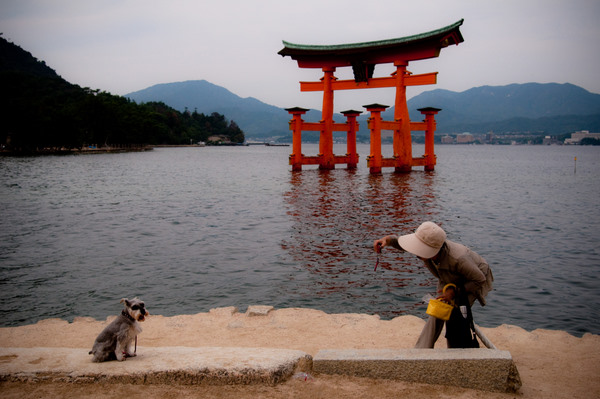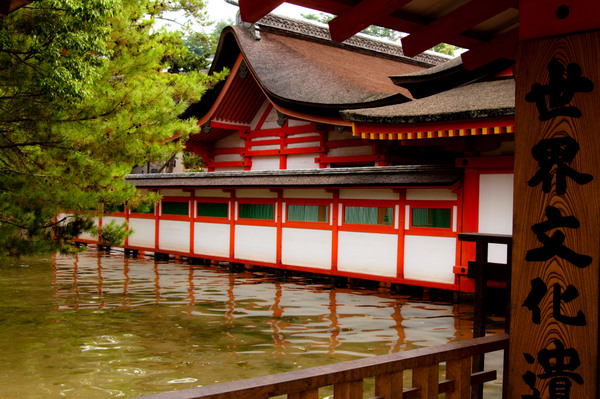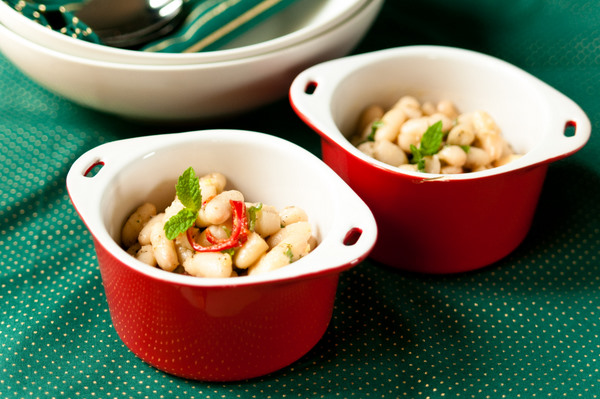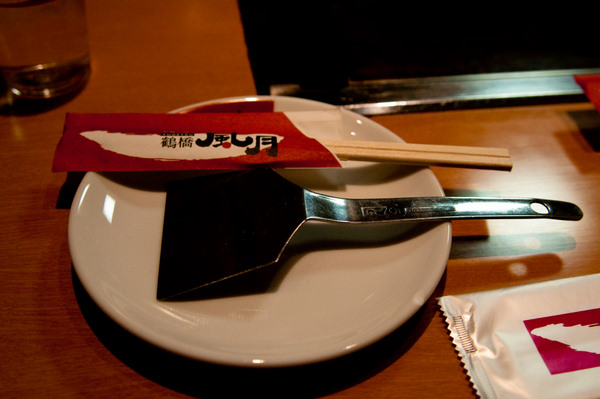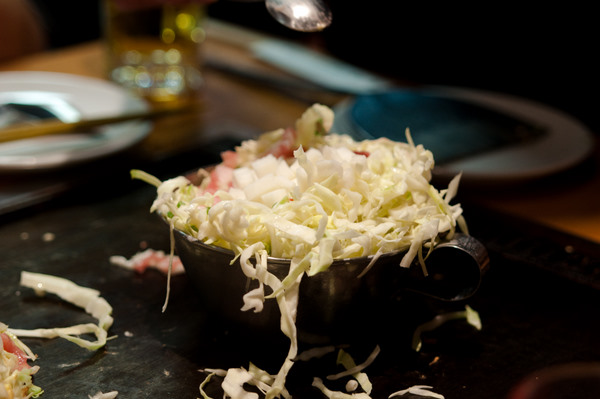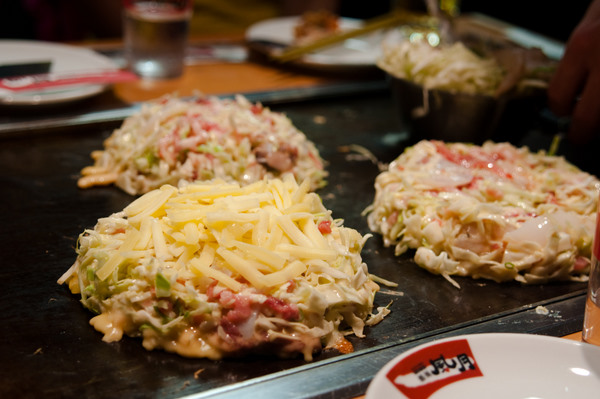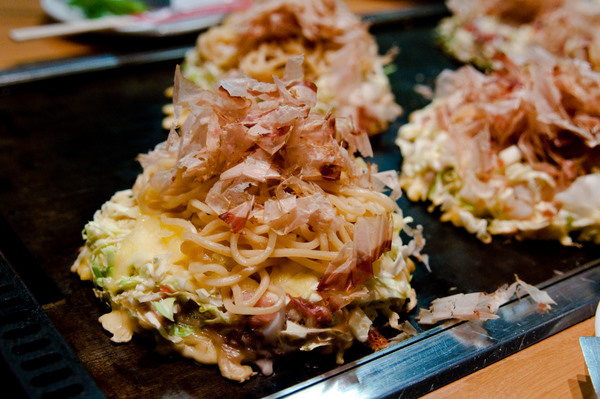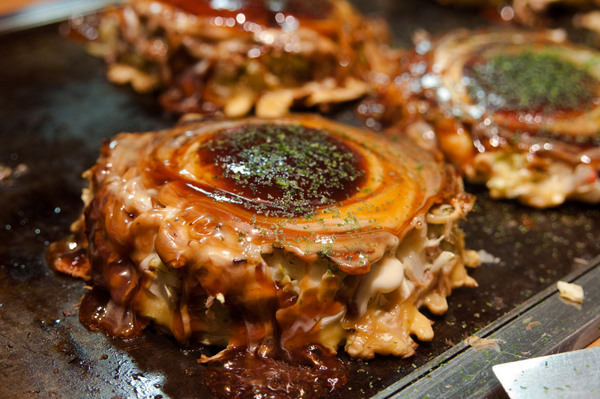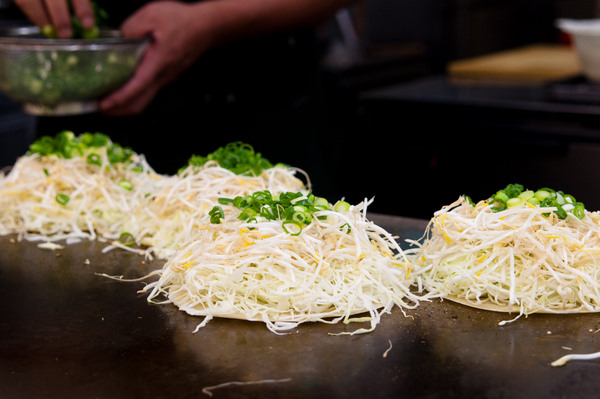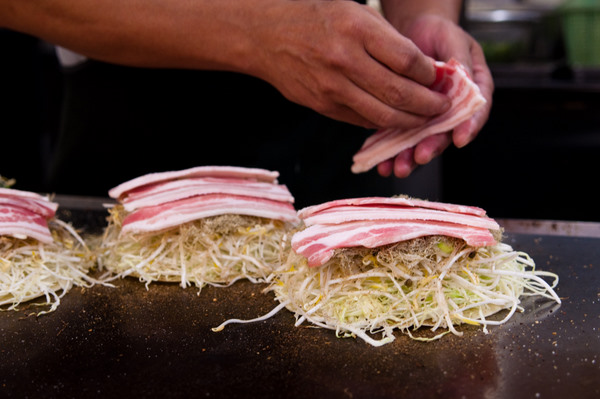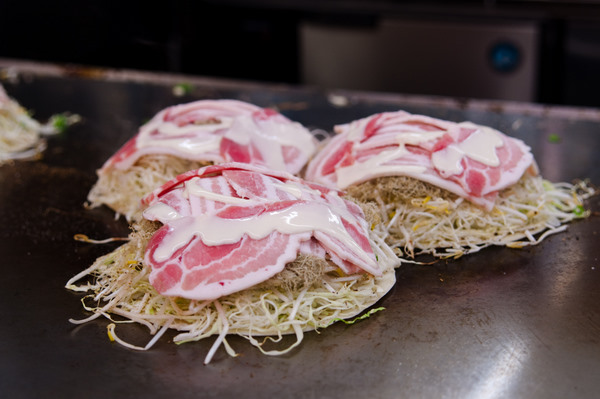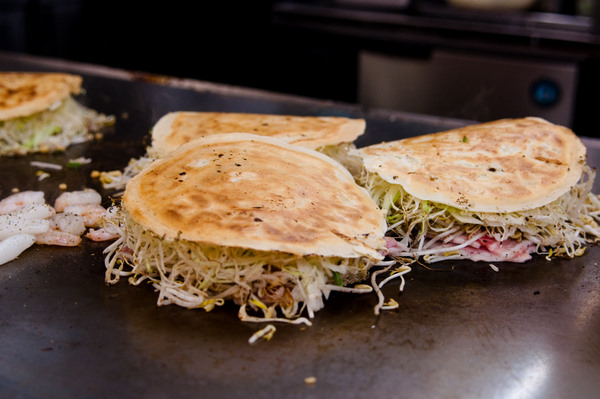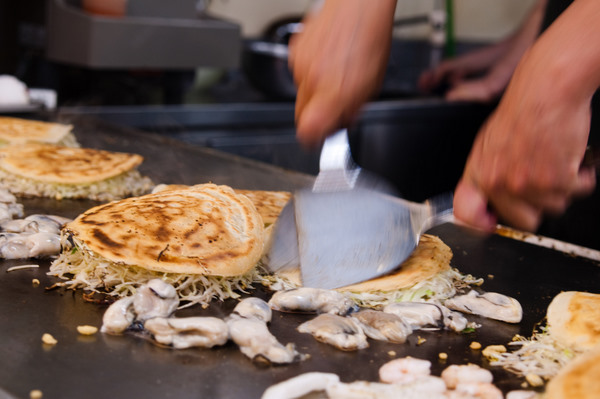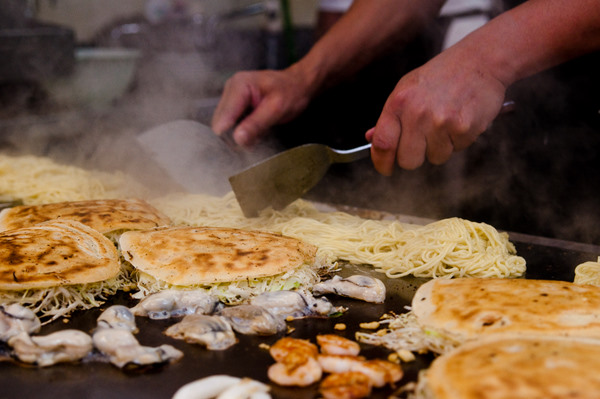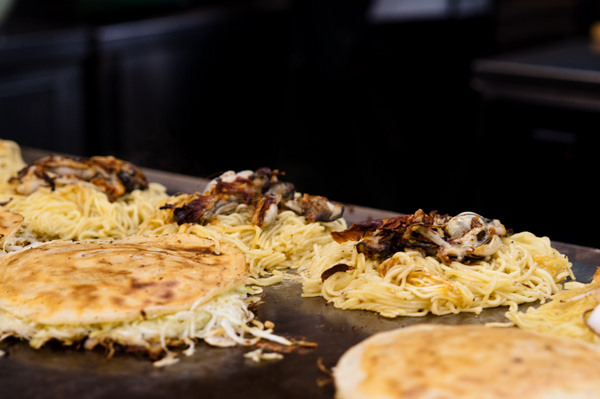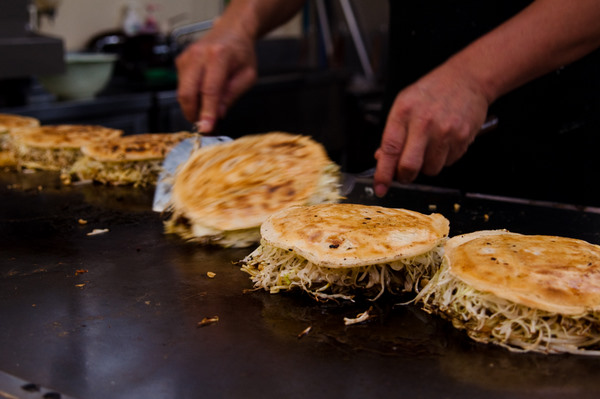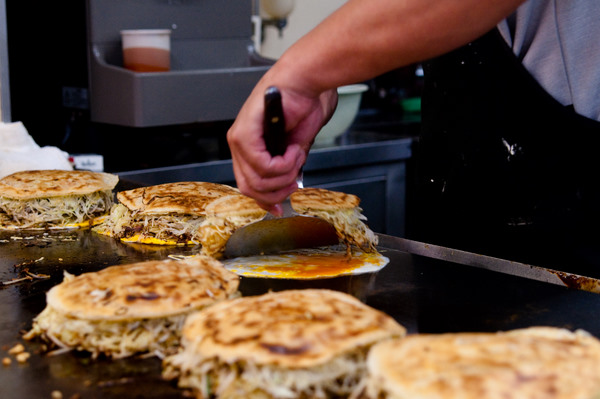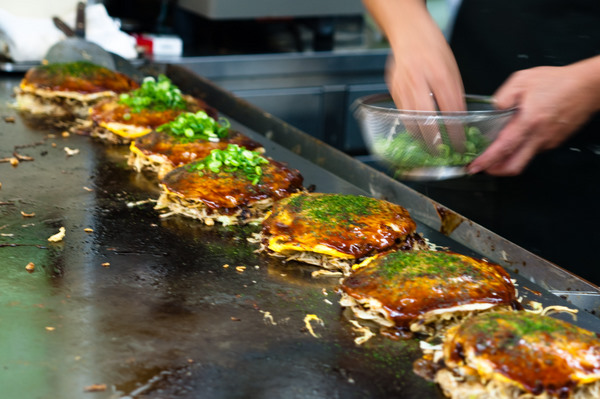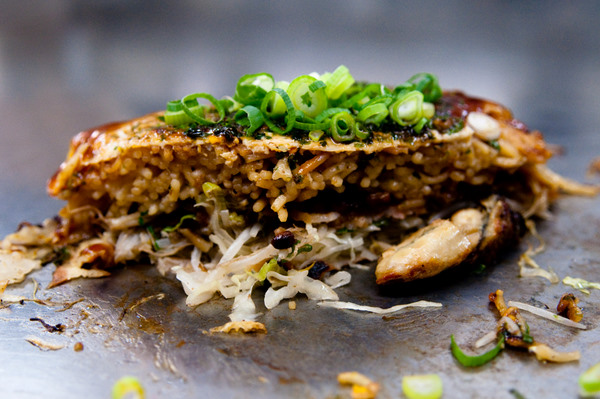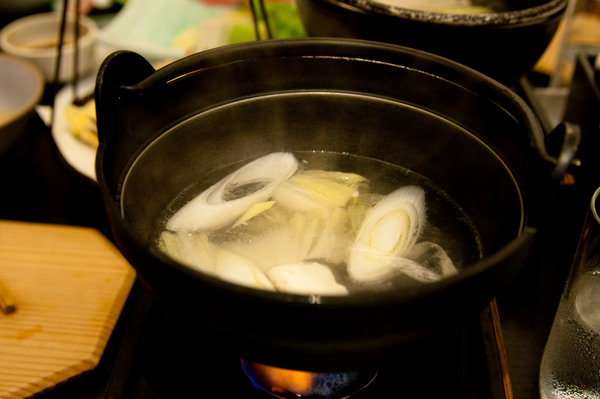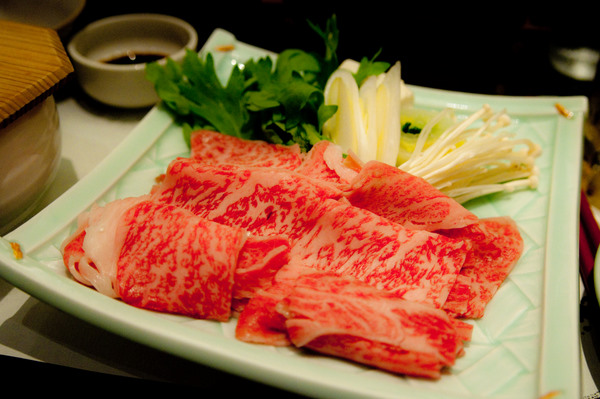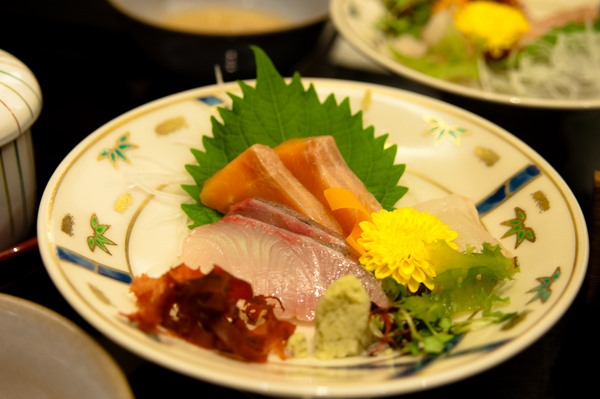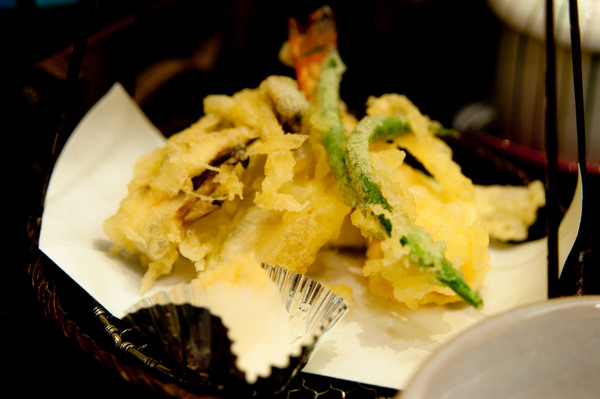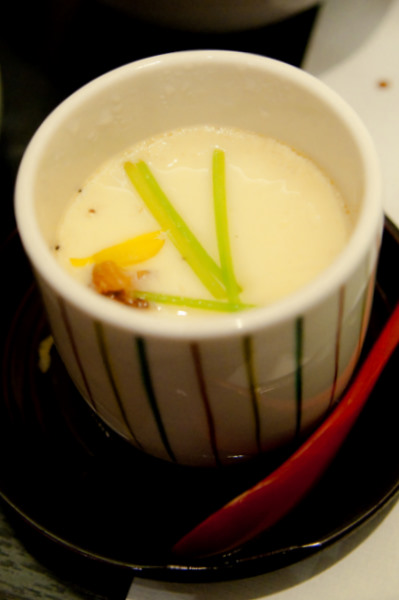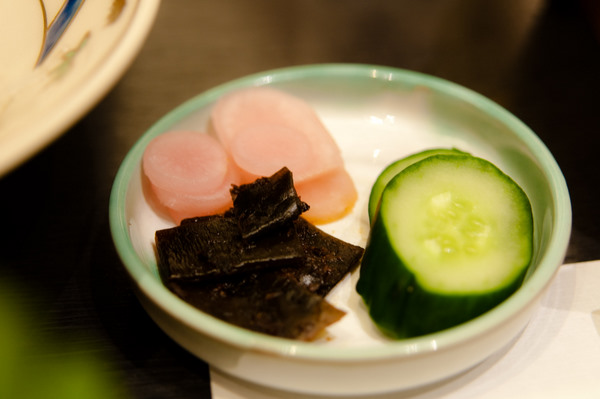Recipe: Gourmet Rocky Road
Adapted from: The Australian Women's Weekly Food We Love
2nd recipe: Pickled and spiced cherries
From: Danks Street Depot
Well, that's Christmas ticked off for another year. We had a great one, and this year it was our 6th annual Orphans' Christmas spent with Dany and Scott. It was a super fun day with lots of food, booze and frivolity.
Since it was Christmas this week, it was also the theme for the Cookbook Challenge. I made two recipes specifically for the Challenge - rocky road and pickled and spiced cherries.
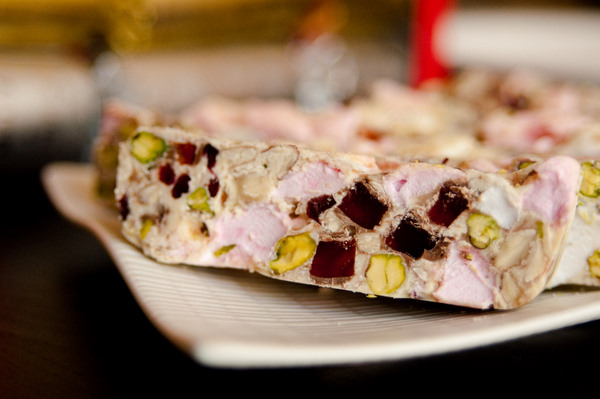
What's specifically Christmasy about rocky road? I'm not sure, but it was in the Christmas Fare section of the AWW Food We Love! Rather than follow the recipe exactly, I played with the quantities of the different ingredients, and I threw in dried cranberries, because cranberries are Christmasy - right?
White chocolate was used in the rocky road, and I'm not a big fan of white chocolate because it tends to be so sweet. Unfortunately the rocky road ended up super sweet - I felt like I was going to go into a sugar coma just by eating a small piece! If I tried it again, I would use dark chocolate and less marshmallow to cut down on the sickliness. I must admit that the white chocolate, Turkish delight and pistachios did look very pretty though.
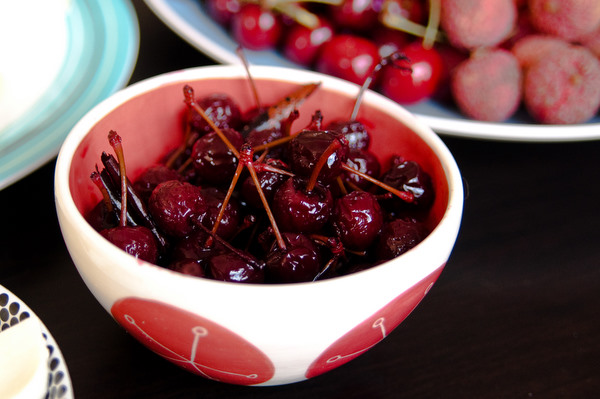
My other recipe was pickled and spiced cherries. These cherries are supposed to be an accompaniment to ham, but although there was ham (made by Dany) we somehow neglected to eat it - must have been because there was so much food already! The cherries were very tart due to the vinegar, but they were also strongly spiced with the cloves, cardamon and star anise. They were quite interesting, and I wonder what they would be like with ham. Perhaps I'll have to try them again next year!
See previous Cookbook Challenge posts here.
Update: See what everyone else made this week at My Food Trail.
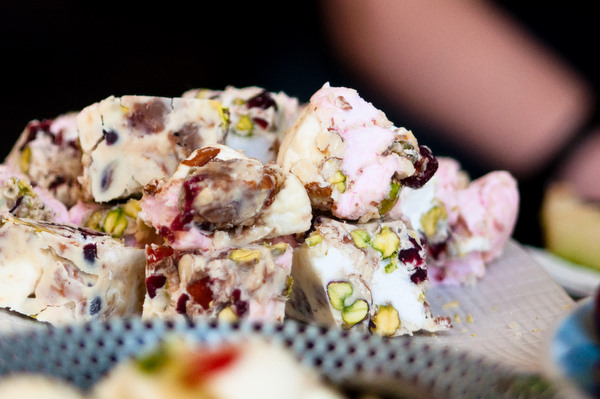
Gourmet Rocky Road
Adapted from Australian Women's Weekly Food We Love
150g marshmallows
200g turkish delight, chopped coarsely
40g roasted blanched almonds, chopped coarsely
70g roasted pistachios, chopped coarsely
50g dried cranberries
225g white chocolate, melted
Grease a 8cm x 26cm bar cake tin and line the base and sides with baking paper.
Combine the marshmallows, turkish delight, almonds, pistachios and cranberries in a large bowl. Working quickly, add the melted chocolate and stir to combine.
Spread the mixture into the prepared pan and push down firmly to flatten the top. Refrigerate until set and then cut into small pieces.
Pickled and spiced cherries
Adapted from the Danks Street Depot
Fills a 1.25 litre jar
500g cherries, left intact with the stems on
375ml red wine vinegar
250g soft brown sugar
3 cloves
3 juniper berries
2 allspice berries
1/2 star anise
the peel and juice of half a lemon, peel cut into strips
1/2 stick of cinnamon
1 green cardamom pod
Rinse the cherries, discarding any less than perfect ones.
Place all the other ingredients in a saucepan and bring to the boil. Let the mixture boil for 5 minutes and then add the cherries. Cook the cherries for a further 5 minutes before removing from the heat and allowing it to sit overnight.
Transfer everything into sterilised jars. The cherries will keep for months.
